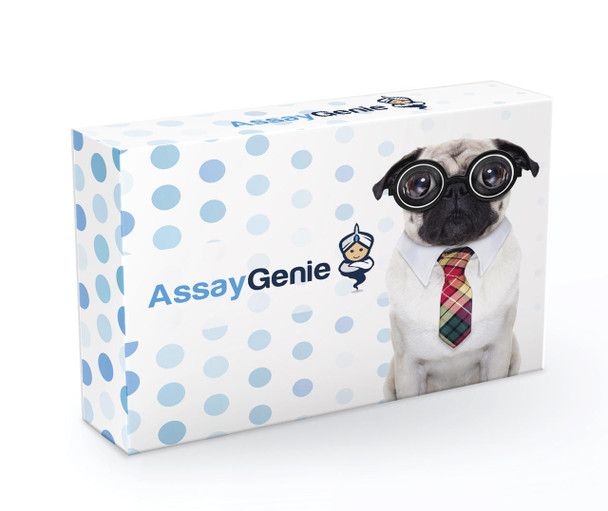Description
Recombinant Human IL-33 Protein (KPRT0560)
| Product SKU | KPRT0560 |
| Product Type | Recombinant Protein |
| Quantity | 5 ug |
| Species | Human |
| Target | IL-33 |
| Alias | |
| Source | Yeast |
| No. Amino Acids | 159 |
| Protein Sequence | SITGISPITE YLASLSTYND QSITFALEDE SYEIYVEDLK KDEKKDKVLL SYYESQHPSN ESGDGVDGKM LMVTLSPTKD FWLHANNKEH SVELHKCEKP LPDQAFFVLH NMHSNCVSFE CKTDPGVFIG VKDNHLALIK VDSSENLCTE NILFKLSET (159) |
| MW | 18.0 kDa |
| Form | Lyophilized |
| Storage | -20°C |
| Shipping Conditions | Room temperature |







